This post may contain affiliate links. As an Amazon Associate we earn from qualifying purchases.
When it comes to growing a wisteria vine, gardeners have several choices. The Asian varieties, Japanese wisteria (Wisteria floribunda) and Chinese wisteria (Wisteria sinensis) are lovely in their own right.
They can be, however, quite aggressive. American wisteria vine (Wisteria frutescens) offers just as much color but with a bit less scent than its cousins.
Although wisteria is deciduous, going dormant in winter, when it’s actively growing and blooming, it’s a stunner. The flower show begins in late spring or early summer on runners 25 to 30 feet in length.
Let’s take a look at how to grow wisteria vine, from planting to care.
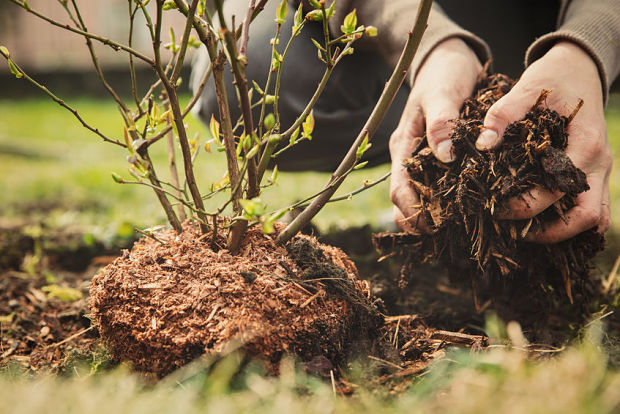 How to plant wisteria vine
How to plant wisteria vine
American wisteria thrives when planted in the fall or spring in USDA Hardiness Zones 5 through 9. Find your growing zone by entering your ZIP Code here.
Here’s what you’ll need to get it planted:
- Support structure
- Compost
- Shovel
- Pruning shears
Choose your planting spot carefully. The site should be in full sun for best flowering, although it will tolerate some shade. The ideal location will provide a southwest exposure and shelter from the wind.
Next, choose the support structure you will use for your American wisteria. Wisteria looks lovely draping over an arbor, but a trellis, a fence, even the side of a building will work. It will need to be quite sturdy as the vine can get heavy.
Amend the garden soil by adding a 4-inch layer of compost to it and mixing it into the top 8 inches of soil.
Dig a planting hole that is the same depth as the pot in which the wisteria is growing and three times the width.
Place the wisteria’s roots into the hole and pour soil over them to cover. Fill the hole with water, allow it to drain and then finish filling it with soil.
Use sharp, clean pruning shears to cut back the main shoot to 2.5 feet in height.
Water again until the water puddles.
Keep the soil moist, not soggy, while the plant becomes established.
Ongoing care of wisteria vine
Aside from pruning, which we’ll get into below, the wisteria vine doesn’t require as much care as one may assume.
In the spring, add a few handfuls of compost or well-rotted manure beneath the vine and cover it with a 2-inch layer of mulch. In fall, follow the same procedure except use 2 cups of rock phosphate instead of compost or manure.
Each spring, apply a layer of compost under the plant and a 2-inch layer of mulch to retain moisture and control weeds.
Wisteria will do fine without supplemental water as long as it receives an inch of rain water every week. To determine how much rain you receive, place an empty tuna or cat food can near the vine and, at the end of the week, if it’s full, you’ve received an inch of rain.
If it’s less than full, use a ruler to measure how much is in the can and that will tell you how much water to provide the wisteria every week.
Watch for powdery mildew
The most common disease of the wisteria is powdery mildew. While unattractive, this disease is thankfully not fatal and manageable with fungicide spray.
The fungus that causes powdery mildew doesn’t invade the interior of the plant, but lives on surface cells of stems, flowers and foliage.
While the spores require high humidity to germinate, the infection spreads during dry, warm weather. Ideal conditions for the disease exist in areas of the plant where air circulation is impeded, shady, damp areas and on young growth.
One of the first symptoms of powdery mildew you may notice is curling leaves. Wisteria foliage may eventually turn brown and crispy.
The most obvious symptom, however, is the white or grey powdery substance on the leaves that gives the disease its nickname. A severe infection may cause leaves to fall from the wisteria.
Begin spraying the wisteria as soon as you learn it is infected. Wettable sulfur sprays work best (see the Resources section, below) and should be applied once a week. Check the label for the correct rate for the size and age of your wisteria.
When the weather is cool and damp you may need to spray more often. Ensure that both sides of the foliage are covered with the spray.
Powdery mildew builds resistance to fungicides so switch to another form, such as one with a copper base.
Powdery mildew overwinters in plant debris left on the soil. Rake up all debris, bag it and dispose of it at the end of each season.
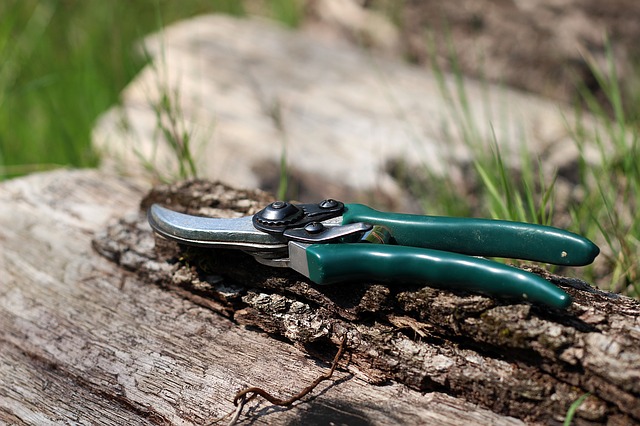
Pruning wisteria vine
Wisteria blooms on new wood, so urging the plant to produce it is your goal when pruning.
American wisteria thrives when pruned in both summer and winter. Wait two months after the vine stops blooming in summer and then cut all growth from the current season back to where there are at least six buds on each shoot.
In late winter, just before spring, use sharp, clean pruning shears to cut the shoots back to two buds, cutting just below the second bud. (We review pruning shears here and you can learn how to clean and sharpen your pruners at the University of New Hampshire Extension website.)
Then, check for wayward shoots – those that aren’t in line with the form you’re seeking, ensuring that you make all of your pruning cuts within ½ inch of a bud.
Warning: All parts of the wisteria vine, including the seed, are poisonous if ingested

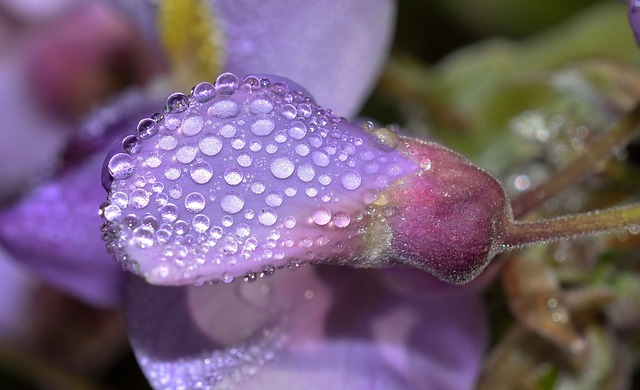
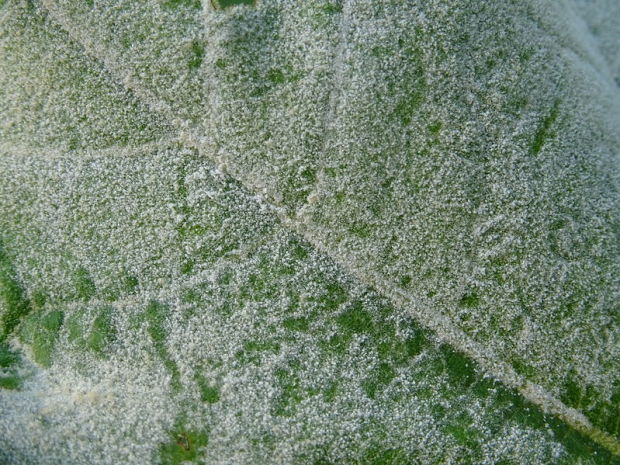


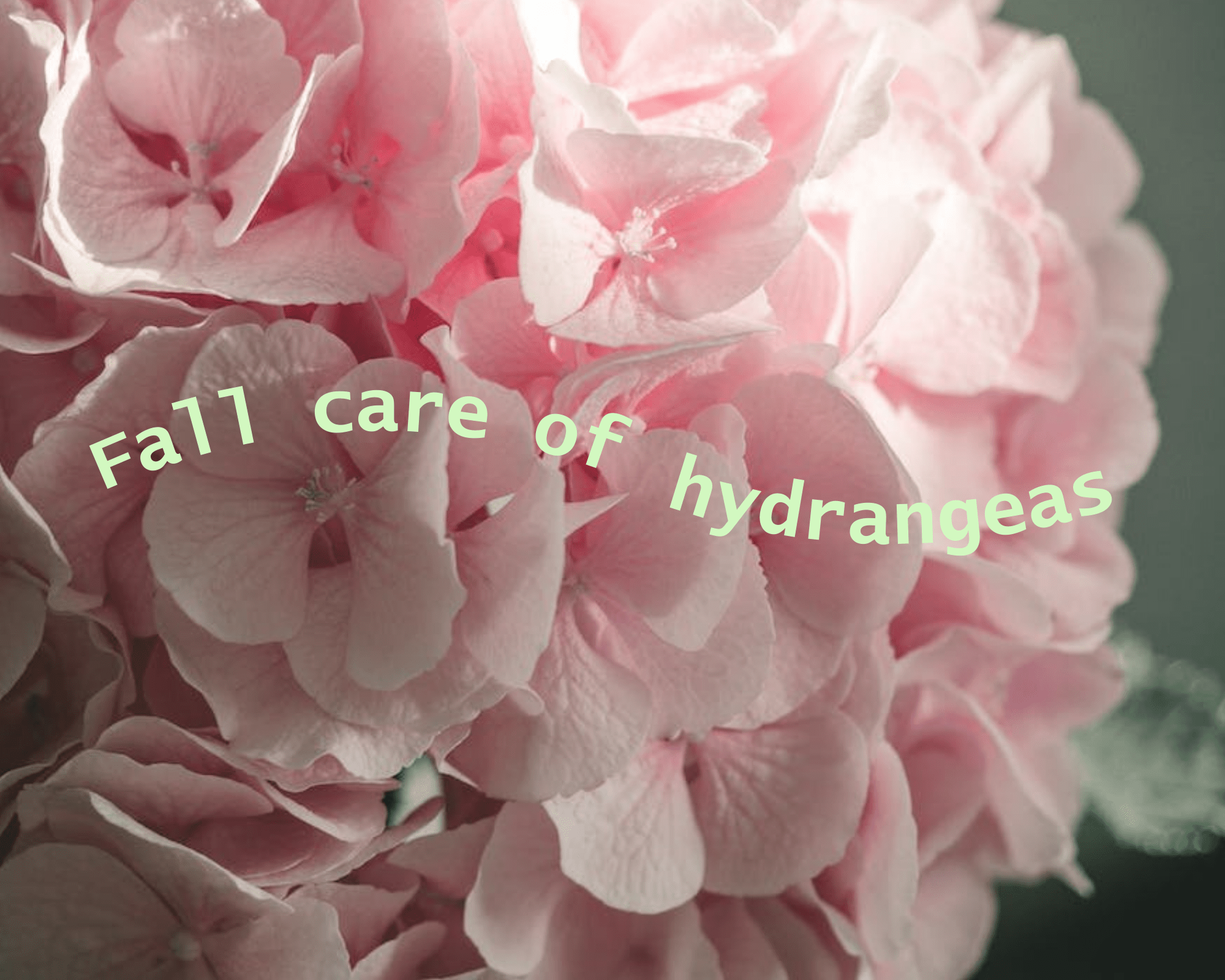
what about american wisteria getting dark round spots and then leaves turning yellow?
Bloomed, beautiful in the spring but now in July the spots and yellowing.
Thanks for the question, Konnie. I wish I could help, but without seeing the leaves and understanding how you care for the plant, it’s challenging. Powdery mildew is the most common problem with wisteria, but your description of the problem doesn’t match powdery mildew symptoms. Are you overwatering? Wisteria is intolerant of soggy roots. Other than that, it may be bacterial or fungal. Take a sample of the leaves to your local extention office and they can most certainly help you diagnose the problem. You’ll find a list of all of the Cooperative Extension offices in the country here on Gardenologist.org.